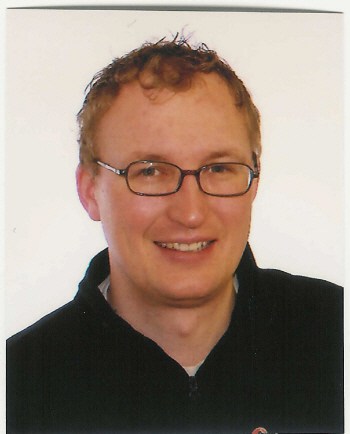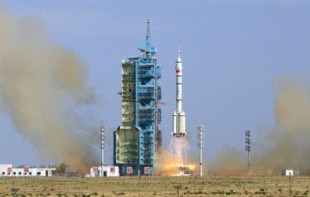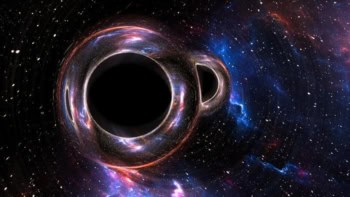Most cosmologists believe that the universe is dominated by "dark energy" -- a mysterious form of energy that could explain why the universe is expanding and accelerating at the same time. Now, however, theoretical physicists have studied a new model of gravity that can, they claim, account for the acceleration of the universe without any need for dark energy. Their model relies instead on modifications to the way that gravity behaves at ultra-large cosmological distances (Phys. Rev. Lett. 96 041103).

The acceleration of the universe is driven by something that has repulsive rather than attractive gravitational interactions. Although this so-called “dark energy” is thought to account for around two-thirds of the universe, no one knows what it is made of. Possible explanations for dark energy include a “cosmological constant” — first introduced by Einstein — or something known as quintessence. However, such explanations are plagued with theoretical and phenomenological problems and scientists would like to find an alternative to dark energy as the source of the universe’s acceleration.
Olga Mena and José Santiago at Fermilab and Jochen Weller of University College London have now calculated that the acceleration of the universe can be explained without the need for dark energy. What they have done is to modify the laws of gravity in such a way that they look relatively unchanged at short distances but get modified only at distances on the order of the current size of the observable universe — the only place where the effects of the acceleration are apparent. At these distances the curvature of space is so small that the universe appears flat.
Although the equations that describe the evolution of the universe in the new model are difficult to solve, Mena and co-workers were still able to do so using approximate analytical methods. This approach allowed the researchers to compare the theoretical predictions of the rate of expansion of the universe to expansion rates obtained using experimental data from type Ia Supernovae. “The agreement is extremely good,” says Santiago. However, the model still requires a “dark matter” component. Dark or “invisible” matter is thought to make up 25% of the universe — even in the model.
The good news is that Einstein’s theory of general relativity remains intact: “All the tests that Einstein’s theory has passed to date are still valid because they were performed at shorter distances,” adds Santiago.
Robert Caldwell, a cosmologist at Dartmouth College in New Hampshire, thinks the results are interesting and will sustain further investigations of the model. “I’m sure the next target will be to study structure formation and the anisotropies in the cosmic microwave background in their model and check that the model predictions are consistent with observation,” he says. “I look forward to their results.”





